Green, brown, yellow, smelly, hazy are all words that new pool (or spa) owners have used to describe their pools (or hot tubs) at some point when they first started. And some have used others that probably aren’t as nice as well.
We talked to some of our customers about what tripped them up when they first started maintaining their water and documented some of their learnings so that we could pass that knowledge along and help others that may be feeling the same way they did.
Your Water Is Cloudy Or Has Algae
Maintaining balanced water is a must for clean and clear water. Improperly balanced water can impact clarity, impact swimmer health, and damage pool liners and equipment as well. Water treatment is an essential foundation of a healthy pool along with proper cleaning, and equipment. These three form the triangle of pool maintenance , which must be in balance or things can go south quickly.
The main chemicals that key to balanced water are:
- Cyanuric Acid – Protects chlorine from sunlight and has a direct relationship as to what the Free Chlorine level should be.
- Free Chlorine – Kills germs and breaks down organic contaminants.
- pH – A measurement of how acidic or basic water is.
- Total Alkalinity – Helps keep the pH in balance by buffering it and preventing it from bouncing.
- Calcium Hardness – Hardness is a measurement of calcium ion presence/concentration and is a key component of balanced water for plaster pools.
All Of Your Chemicals Are Balanced But You Still Struggle With Yellow Or Cloudy Water
Adequate circulation and filtration (including adequate filter run times) are a must for maintaining clean and clear water. It’s important to make sure that the filter is clean and working properly, water is being circulated/filtered long enough, and last but not least that there aren’t any dead spots where water isn’t moving. If there are dead spots that can’t be covered after return jet adjustment then brush daily to make sure that area is getting enough water movement and sanitizer.
Your Pool (Or Spa) Smells Of Chlorine
The strong smell of chlorine doesn’t mean there is too much, it actually means that more chlorine is needed. The odor is a result of chlorine combining with sweat, body oils, and urine to form chloramines. The water should be shocked until it’s clear again and the smell is gone. If there are little ones that may be contributing to the creation of chloramines, it may be good practice to remind them not to use the pool (or spa) as a bathroom. It’s especially important for birthday pool parties and gatherings with a lot of tiny tots (ya sorry, but it’s true – think about why public pools have this problem.) Simply remind guests what the pool (or spa) safety rules are and be sure to tell them where the bathroom is located as they arrive.
Your Chlorine Is Within Range But You Still Have Issues With Cloudy Water Or Algae
Chlorine loses effectiveness if the pH and/or the CYA (stabilizer) is too high. pH is easy, just keep it between 7.2 and 7.8 and if you think your chlorine needs some help then consider dropping pH a little lower within the recommended rage.
However, the CYA to chlorine relationship is a little more tricky and not well understood. If the CYA level is higher than recommended it can actually block chlorine. This can result in a situation where chlorine appears to be within range but the water isn’t clear or requires constant shocking to keep it clear. In actuality, not all of the chlorine from the test is available to sanitize and the effective/active chlorine level is less than you think it is. Most experienced pool (or spa) DIY folks prefer keeping CYA closer to the 30 ppm to 70 ppm range for chlorine treated pools and 70 ppm – 80 ppm for SWCG treated pools. (If you are a spa owner and your spa isn’t in direct sunlight then you probably do not need CYA or if you do it’s 30 ppm or less.)
If the CYA is higher than recommended levels then it needs to be diluted with fresh water to lower it. Note that pools should never be completely drained DIY because of the risk of damage to the structure and/or the risk of floating out of the ground if the water table is high enough.
Why is CYA So High Anyway, Where Did It Come From?
High CYA is most commonly a result of the unintentional overuse of stabilized chlorine. Chlorine comes in various forms and some include additional binders or additives such as calcium or cyuranic acid (CYA). Overuse of stabilized sanitizers like di-chlor or tri-chor can lead to a build up of stabilizer if they are used without knowledge of their effect. The same is true for cal-hypo, it contains calcium and can lead to an unintentional build up of calcium and could lead to scaling.
Water Is Clear But Chlorine Keeps Disappearing Every Day
CYA acts as a sunscreen for chlorine and prevents it from being burned off by the sun. If water is in direct sunlight and there is no residual CYA then chlorine is doomed on sunny days and will be rapidly depleted. The fix is simply to increase the level of chlorine according to the correlation of CYA/chlorine levels (chlorine should be 7.5% of CYA level.)
If the CYA/chlorine ratio is good, the chlorine may actually be fighting contaminants and the water should be shocked to eliminate whatever the chlorine is battling. Shocking “re energizes” chlorine so to speak, think of it as sending in reinforcements and supplies during the heat of battle.

